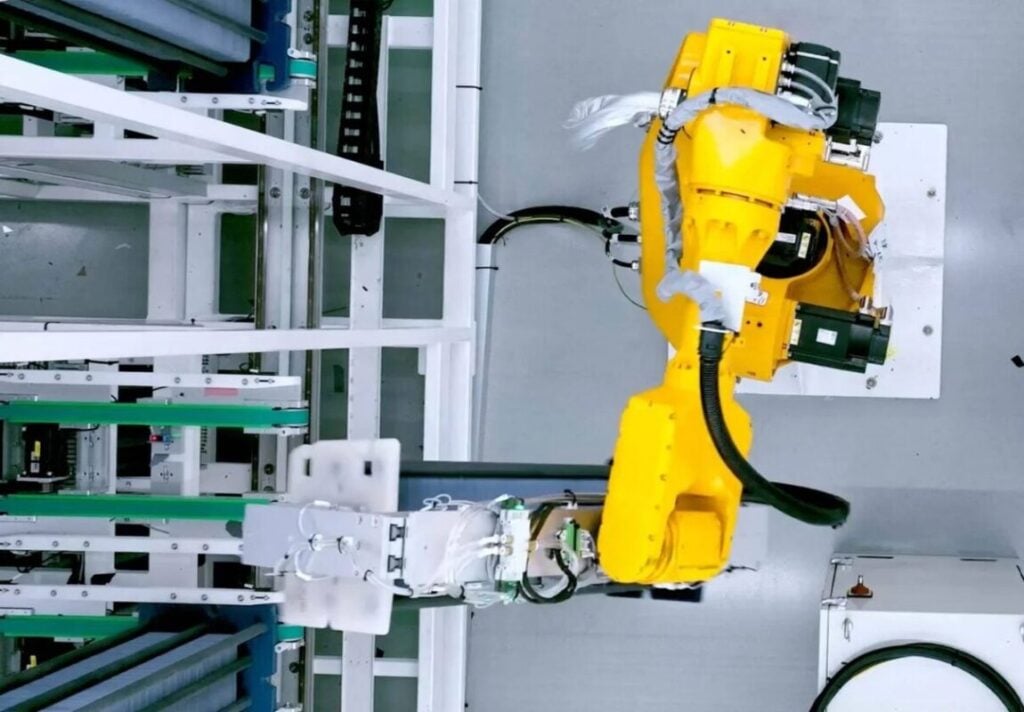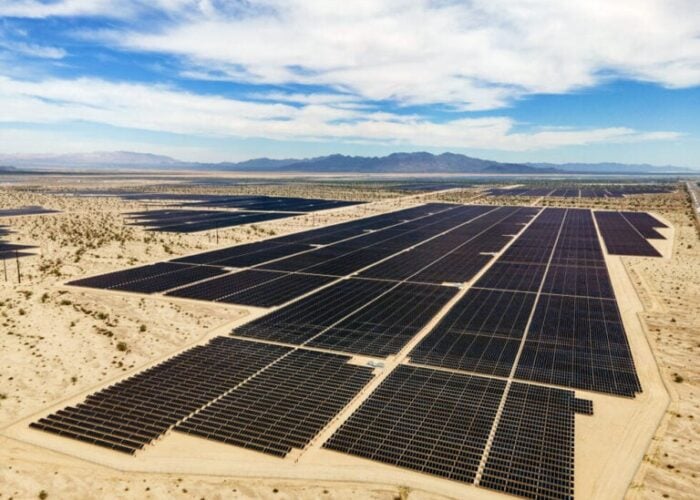
Japanese solar cell manufacturer Toyo Solar has sold 1.6GW of solar PV cells in the first half of 2025, driving revenue of around US$139 million.
These headline figures represent strong growth for the company; Toyo Solar shipped 758MW of cells in the second half of 2024, and its first half of the year shipments are in line with the 1.7GW shipped in the whole of 2024. Its revenues are also a 0.7% increase over the revenues of US$138.1 million posted in the first half of 2024.
Try Premium for just $1
- Full premium access for the first month at only $1
- Converts to an annual rate after 30 days unless cancelled
- Cancel anytime during the trial period
Premium Benefits
- Expert industry analysis and interviews
- Digital access to PV Tech Power journal
- Exclusive event discounts
Or get the full Premium subscription right away
Or continue reading this article for free
Over the past 18 months, the company has seen stronger financial and production performance in the first half of the year, as shown in the graph below. Toyo Solar attributed much of this growth to the development of its Ethiopian cell manufacturing plant, which began commercial operation in April.
The company expects to add a further 2GW of annual nameplate cell capacity at the Vietnam facility by October of this year.
Moreover, it has already confirmed orders for all of its 4GW solar cell production capacity across its plants through the first half of 2026, with the US a key customer for its cells.
In its financial results, Toyo Solar noted that Ethiopia is exempt from US tariffs for bifacial solar cells, and in November last year, the company acquired a 2.5GW module assembly plant in Texas, at which 1GW of trial production has started.
The emphasis on US and Ethiopian production marks a shift away from Vietnam, where the company first began cell production in 2023, with a 2GW facility. The US’ imposition of antidumping and countervailing duty (AD/CVD) tariffs on solar cells imported from Cambodia, Malaysia, Thailand and Vietnam has made selling cells produced in these countries in the US all but impossible; Toyo Solar notes that the preliminary antidumping rate for cell shipments from Vietnam to the US could be as high as 271.28%.
As a result, the company plans to use its Vietnam plant to meet demand from the “non-US market”, namely India and Taiwan, and expects its Vietnamese manufacturing plant to break even this year.
Other forecasts include a significant increase in cell shipments – Toyo Solar expects to sell 4.2-4.4GW of cells this year – and revenue growth to US$375-400 million by the end of 2025, reflecting considerable optimism for the company’s operations in Ethiopia and the US.
Toyo Solar acquires VSUN brand
Toyo Solar also announced that it had acquired the VSUN brand from its sister company, the Vietnam Sunergy Joint Stock Company, as it looks to “consolidate the VSUN brand” under the Toyo Solar brand, according to chairman and CEO Junsei Ryu.
The deal did not involve the issuance of new equity by Toyo Solar, and will look to unite two brands that are both controlled by majority shareholder the Abalance Corporation. VSUN has sold 8GW of modules to the US since 2018, and looks set to feature prominently in Toyo Solar’s plans for US expansion.
The news follows a lawsuit filed by leading Chinese module manufacturer JinkoSolar against VSUN Solar USA, its subsidiary in the country, and Toyo Solar in December. While JinkoSolar did not specify which of its patents Toyo Solar and its associates had allegedly infringed upon, it noted that it owns 462 patents related to tunnel oxide passivated contact (TOPCon) technology, the same technology used by Toyo in its cell manufacturing.
While Toyo Solar did not discuss this lawsuit in its latest results, the incident is the latest in a growing series of patent battles within the global solar industry, with many centred on TOPCon technology in particular as it becomes more common in the solar sector.
“A technology often has to reach critical mass, where either the potential recovery from enforcement or the potential risk of non-enforcement outweighs the investment that it takes to enforce the patents,” Eagle Robinson, head of Patents, US, at law firm Norton Rose Fulbright, told PV Tech Premium last year. “I suspect that’s what we’re seeing with TOPCon technology.”
“With the newly acquired VSUN brand, we intend to build on its relationships with many of North America’s leading utility‑scale developers,” said Ryu. “We will continue to collaborate closely with our industry partners in our efforts to migrate key components to the US.”
PV Tech publisher Solar media will host this year’s edition of the PV CellTech USA Conference on 7-8 October 2025, in San Francisco. Speakers will discuss the entire US manufacturing supply chain from polysilicon to modules, and tickets can be bought here.






